Latest News
Key Test Data Summary for June 2024
There is no translation available.The monthly comparisons of Total Lots, Bales and Weight tested...AWTA Ltd Testing Fees 2024-2025
There is no translation available.General wool testing fees have increased by 3% for the 2024/25...Key Test Data Summary for May 2024
There is no translation available.The monthly comparisons of Total Lots, Bales and Weight tested...Australian Wool Traceability Hub – 90% of Wool to be Traced by 2025
There is no translation available.The Australian Wool Traceability Hub is an opportunity for the...Key Services
- Wool Sampling
- Wool Testing
- Research & Development
- Certification & Reporting
- Equipment Manufacturing
- Certificate Verification
- AWTA Analytics (on-line Key Test Data)
- Subscribe to our newsletter
About Us
About Us
AWTA原毛检测部门为毛纺工业提供独立和公正的客观检测和出证的服务。AWTA原毛检测部门的主要工作内容包括取样、检测并且对羊毛的洗净率、草杂含量、纤维细度、毛丛长度与毛丛强度进行出证检测。这些检测结果是澳毛贸易不可缺少的内容。

Services
Raw Wool Laboratory Equipment
The NextGen Laserscan
The measurement of wool fibre diameter can be conducted through four distinct methods as delineated by the International Wool Textile Organisation (IWTO). AWTA Ltd employes the IWTO-12 Laserscan fibre diameter analyser method for fibre diameter certification and fleece measurement services.
In 1972, CSIRO initiated the development of the first Laserscan, establishing the foundation and obtaining approval for the method from the IWTO. Subsequently, in 1996, AWTA Ltd acquired the rights to manufecture and sell the Laserscan and continued its further development.
Introduced in 2014, the NextGen Laserscan has swiftly established itself as a cutting-edge technology in the field. Its global clientele spans a diverse range of end users, encompassing universities, mills, government facilities, and more. The market reception of the NextGen Laserscan has been exceptional, attesting to its innovative features and precision in measuring wool fiber diameter. With its widespread adoption, it has become an indispensable tool for various industries and research institutions, setting new standards in fiber measurement and analysis.
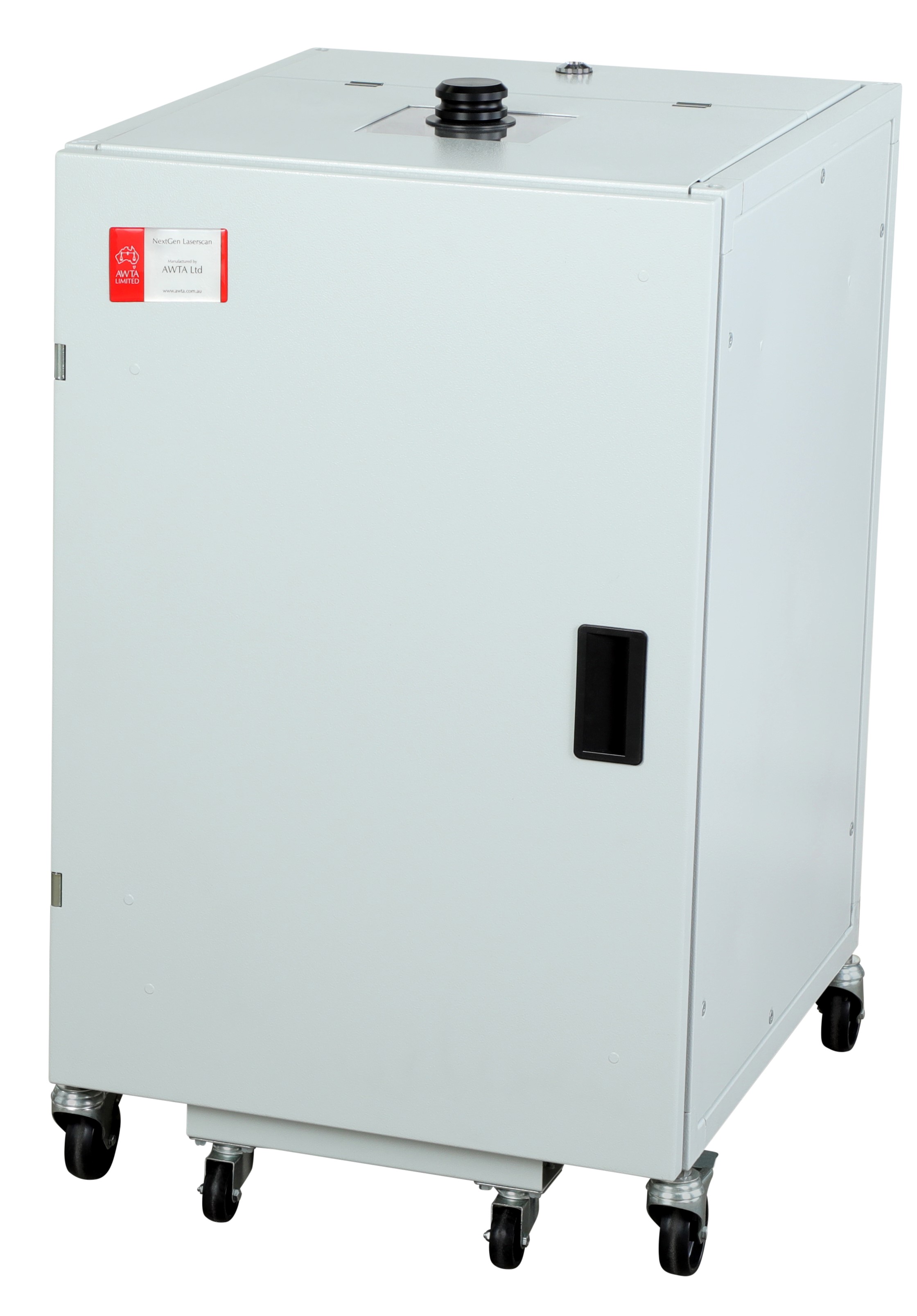
 "The NextGen Laserscan - The precise measurement of wool fibre diameter"
"The NextGen Laserscan - The precise measurement of wool fibre diameter"
How does it work?
The Wool Industry has chosen to characterise Fibre Diameter in relation to the average thickness or width of a two-dimensional projected image composed of numerous fibre snippets. In the accompanying figure1, microsopic fibre cross-sections are depicted. The non-uniform geometry complicates the definition of Mean Fibre Diameter (MFD), rendering it a more intricate task than it many initially apear.
The fibre snippets are very short pieces of fibre, typically around 2mm long, which have been cut at random positions along the length of the fibre. The precise mechanisam for doing this usually involves using a Minicore.
The NextGen Laserscan works by mixing fibre snippets with water and a neutral detergent called transporation fluid. The mixture then flows through a measurement cell, where the shadow cast by the wool fibre snippet in a laser beam is utilised to determine its diameter.
Technical Information
The AWTA NextGen Laserscan instrument meets the test standards of the International Wool Textile Organisation standard IWTO-12-2012.
The NextGen Laserscan Model is a cutting edge solution that revolutionises precision measrements with its advanced features and user-frendly design. It boasts seamlessly intergrated electronics, ensuring optimal performance and reliability. Navigating through intricate measurements is a breeze with the simple and easy-to-use user interface, thanks to Laserscan AWIN II software, empowering users of all skill levels. The temperature-controlled cabinet guarantees stable operating conditions, enhancing the accuracy and consistency of your results. Embrace efficiency with the full automatic process, streamlining your workflow and minimising manual intervention. The NextGen Laserscan goes beyond conventional standards by employing a water based transporation fluid, not only promoting environmental sustainability but also contributing to a clean and effcient operation.
Lastest Video
Download Content
| LINK TO TECHNICAL MATERIAL |
ATLAS - Staple Length & Strength Measurement
One of the most important characteristics that determines the value of combing wool is the average fibre length which will be achieved after processing. This length is known as Hauteur. Research has shown that Hauteur is closely correlated to the staple length and staple strength of the greasy wool measured prior to processing.
Prior to the measurement of Staple Length & Strength three levels of sampling need occur:
- Grab sampling from the bales of wool in the lot
- Tuft sampling from the grab sample
- Staple preparation of the tufts
Once the above steps are complete, the staple sof greasy wool are measured on an instrument called the Automatic Tester of Length and Strength (ATLAS). This instrument measures:
- The mean Staple Length of the staples (mm)
- Coefficient of Variation of Staple Length (CV%)
- Mean Staple Strength (N/ktex)
- Distribution of Position of Break (POB%)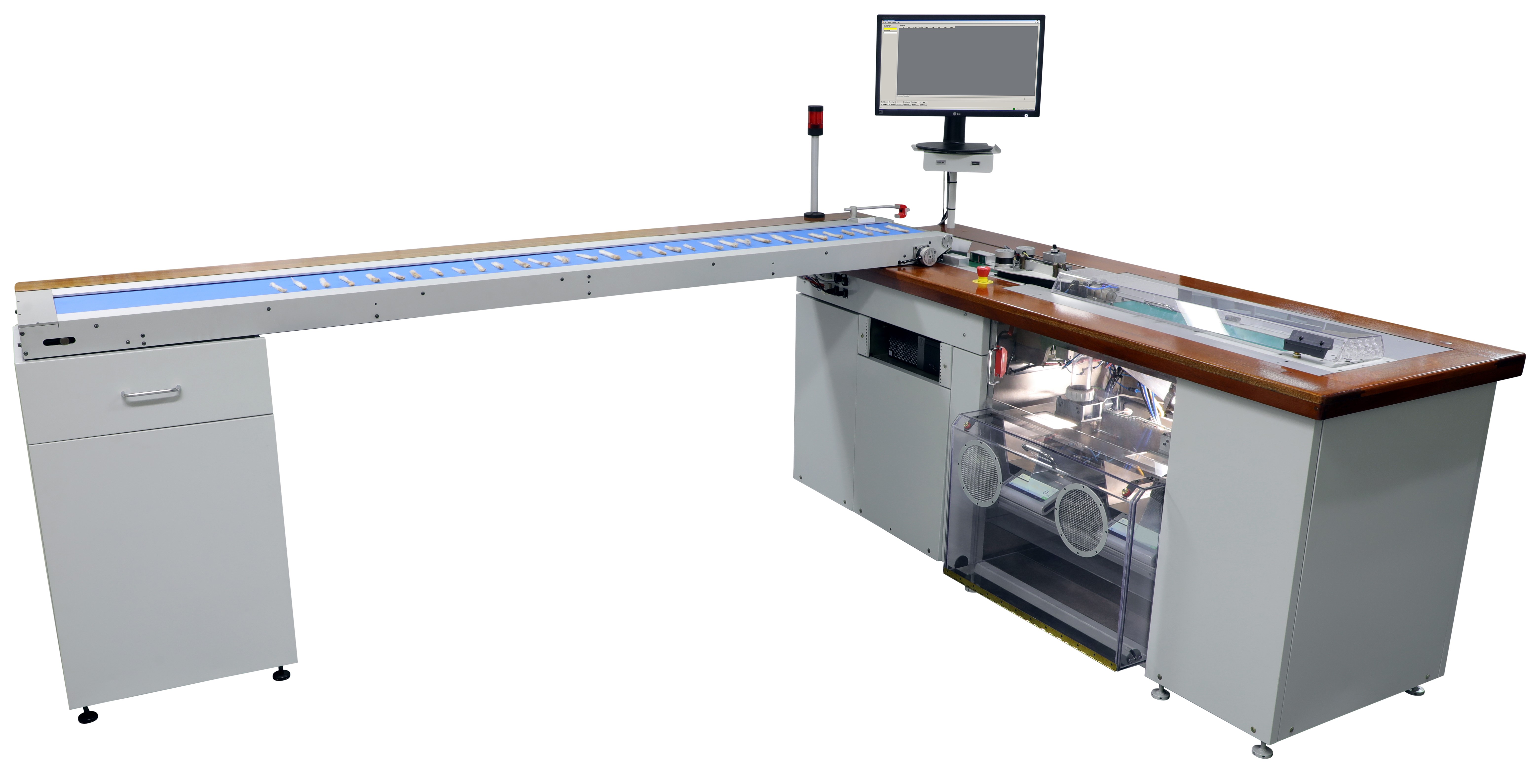
How does it work?
Length and Strength is measured using an instrument called the Automatic Tester of Length and Strength (ATLAS).
Length is measured by conveying the staple; tip first, through a vertical array of eight light beams and then electronically measuring the distance the conveyor moved while the light beams were interrupted by the staple. All staples are measured for Length regardless of the staple dimensions. Length is measured in millimetres. The IWTO standard requires that a minimum of 55 staples are measured for Length to produce a certified result.
After Length measurement, the staple is picked up by two rubber belts which feed it through to a jaw which grips the tip of the staple. A jaw then moves away until the base of the staple is clear of the rubber belts. The base jaw then grips the base of the staple. The tip jaw moves away and the staple is broken in two. The peak force required to break the staple is measured in Newtons (N) by a force transducer attached to the stationary (base) jaw.
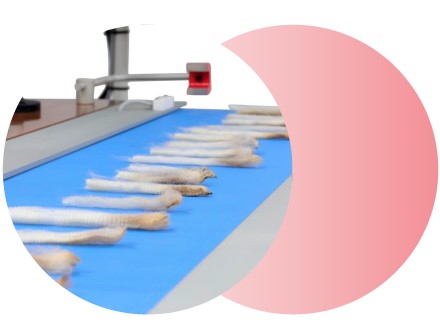 |
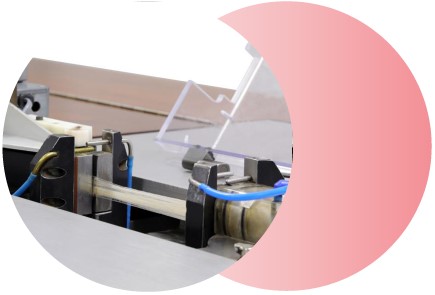 |
On its own, this information is of little value since the staples that are measured vary in thickness. All things being equal, thick staples require a greater force to break than thin staples. Therefore, the force required to break a staple must be related to staple thickness before it can be used more meaningfully.
Staple thickness is determined from the weight of the staple and the Length of the staple. That is, the more grams of weight per millimetre of Length, the thicker the staple. Staple thickness is measured in kilotex (ktex). The total Newtons of force is divided by the number of kilotex to give a Strength value per unit of thickness (N/ktex). This figure is known as the greasy Staple Strength because it was derived from the greasy staple weight. This is then converted to a measure of clean Staple Strength using the Wool Base and VM Base information.
Technical Information?
The Atlas P3 measures the Staple Length and Strength of a set of wool staples in accordance with IWTO-30-2007 standards.
Individual wool staples are placed on a belt, which conveys them to the length-measuring section. Length is determined using a light array that senses the start and end of each staple. The staple is then transported to the strength section where jaws grip each end of the staple. The staple is broken, and the force required to break it is recorded. The broken staple pieces are then independently weighed to determine the position of the break in the staple.
From this information, the Average Staple Length (mm), Coefficient of Variation of Staple Length (%), Average Staple Strength (N/ktex), and Position of Staple Break (%) are all determined for the set of staples.
Latest Video
Download Content
| LINK TO TECHNICAL MATERIAL |
ATLAS - Staple Length & Strength 
Additional Equipment & Techincal Information
Download Brochures
Centrifuge - 1500C
Dryer - 1250MHD
Dryer - 1250VMD
Scour - AWS3
Contact Us - Direct Link
TOPMARK Benchmarking
TOPMARK is a free benchmarking service for processing mills and topmakers around the world. Independent trials have established there is a strong correlation between the predictive formulae used in this service and the processing performance of wool mills. This relationship is used to compare individual mill batches against the overall pool of data and identify areas where improvements can be made.
 |
Participation is very simple, with mills providing AWTA with greasy wool test information on their batches as well as their own processing test data. We collate the data from all participating mills and determine ‘benchmarks’ for all the major processing results. These benchmarks will allow one mill to confidentially compare its performance against the average of all the other mills participating in this program. Confidential reports are provided regularly to mills detailing their performance against key characteristics such as Hauteur, Romaine, Top & Noil Yield, and Core/Comb Fibre Diameter. |
Participation in TOPMARK is free. Simply contact us and agree to provide greasy wool and top test results on processing batches and these will be entered into a confidential database from which the processing performance of each mill can be compared. A standard form has been created to assist mills in submitting the required data.
What are the benefits of Benchmarking?
Benchmarking is the collection of performance information that allows comparisons to be made between organisations. It is typically designed to answer the question: “What are the most important performance yardsticks and where do we rank, compared with others in our industry?” It is generally recognised that, when used appropriately, benchmarking is one of the most effective tools for bringing about improvements in performance.
Some of the typical benefits are as follows:
- Allows a wide range of performance indicators to be studied
- Protects confidentiality of all partners
- Allows comparisons with competitors to be made and allows identifi cation of best practice
- Allows performance shortfalls to be clearly seen and assists in identifying priorities for improvement
- Encourages participants to seek fresh approaches to bring about improvements in performance
TOPMARK™ is a registered trademark of the Australian Wool Testing Authority
Find out more:
Equipment Manufacturing
AWTA Raw Wool manufactures or subcontracts the manufacturing of most of the equipment that is used in its laboratories. Much of this is specialised equipment that cannot be obtained from other sources.

|
AWTA is the largest supplier of wool testing equipment in the world, and has delivered equipment into Europe, Asia, New Zealand, South Africa and South America. In particular, AWTA is licensed to manufacture the NextGen Laserscan used to determine the fibre fineness characteristics of wool, and the ATLAS instruments, used for determining Staple Length & Strength. Manufactures of Raw Wool testing equipment: |
|
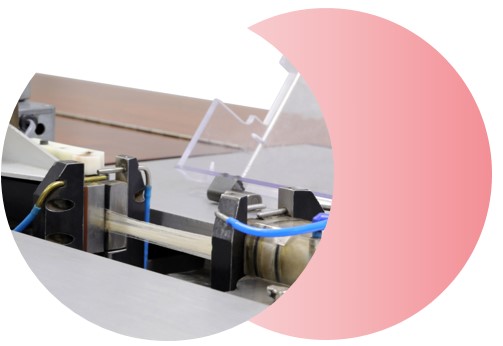 |
 |
AWTA has a number of machines available for sale on a built to order basis. Occasionally a limited number of second hand machines become available and may be sold as refurbished models or “as-is”.
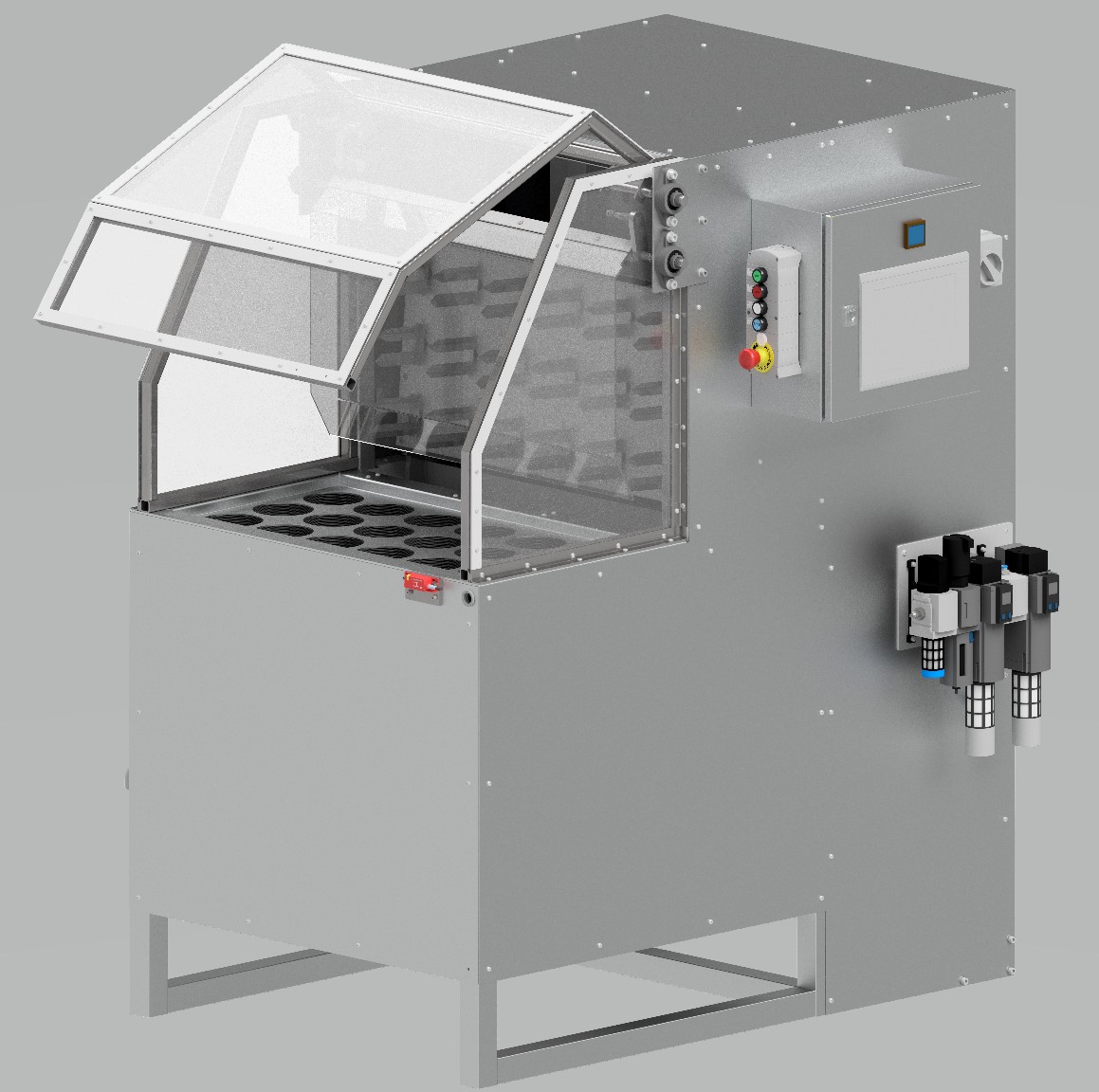
Download Content & Brochures
Research and Development
Research & Development plays a major part in the development of AWTA Raw Wool. Based in Melbourne, the Research & Engineering group forms the largest wool measurement and engineering research group in the wool industry.
Work conducted by the group falls into the following areas:
- Fundamental research to develop an understanding of the underlining physics of specific measurement systems
- Development of test methods, standards & regulations
- Development, design & manufacture of testing equipment for in-house use & sale
- Industry projects & collaborations
- General wool metrology & analysis
- TopMark - Mill Benchmarking
AWTA researchers are available to conduct and manage research projects under contract or in partnership with others. The Research teams expertise is extensive and covers the following broad areas:
- Wool measurement science
- Textile physics & engineering
- Experimental design & statistical analysis
- Near Infra-Red Spectroscopy
- Management of research projects
Find out more:
Fact Sheet - Research Metrology![]()
下级分类
- Raw Wool Testing
-
Electronic Services
AWTA offers a wide range of online and electronic services including:
- Electronic Data Interchange (EDI)
- TOPMARKTM Benchmarking
- Combined Certificates & Objectively Matched Lots (OMLs)
- Electronic Certificates including Chinese translations
- Online Certificate Verification









